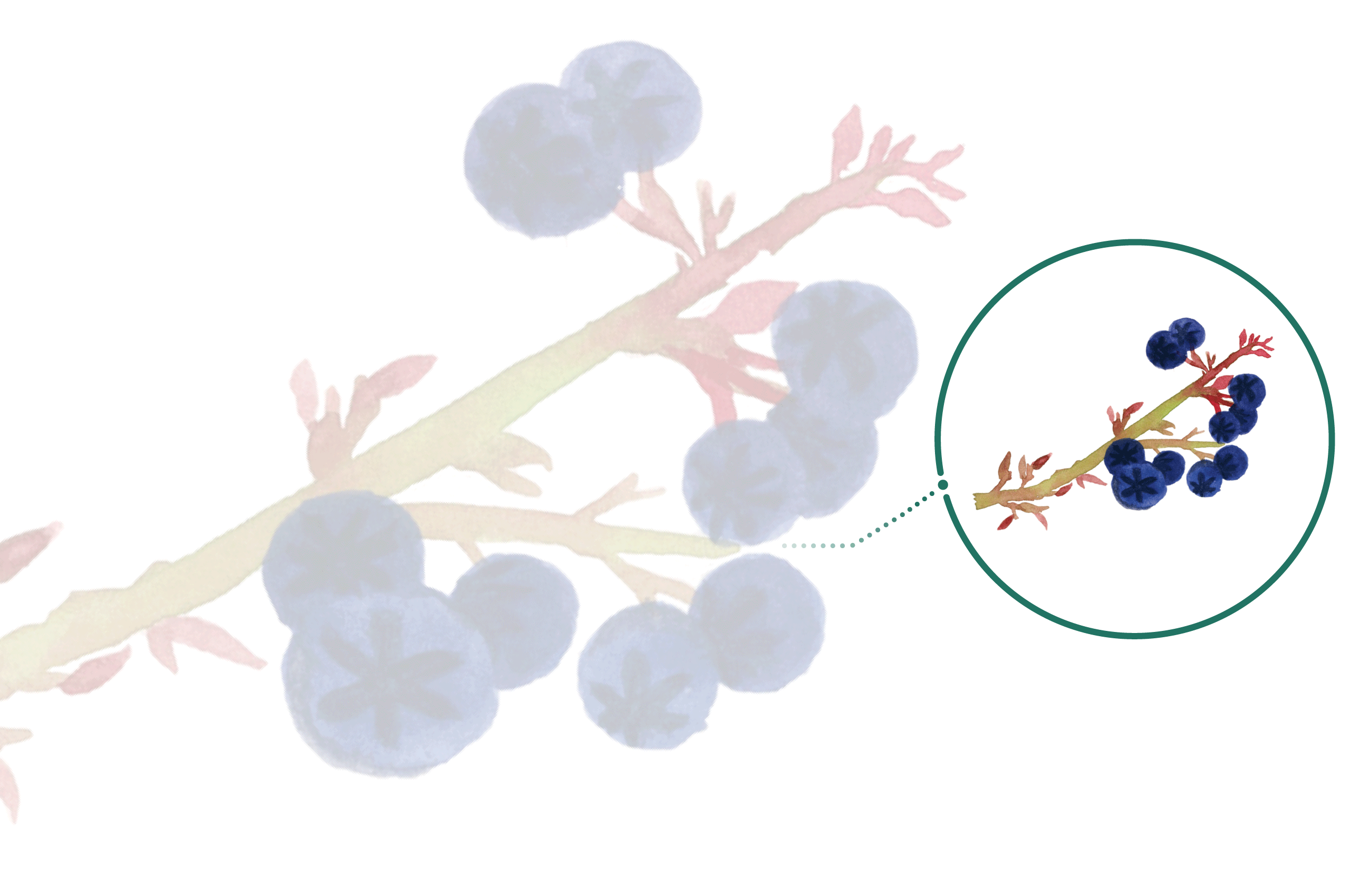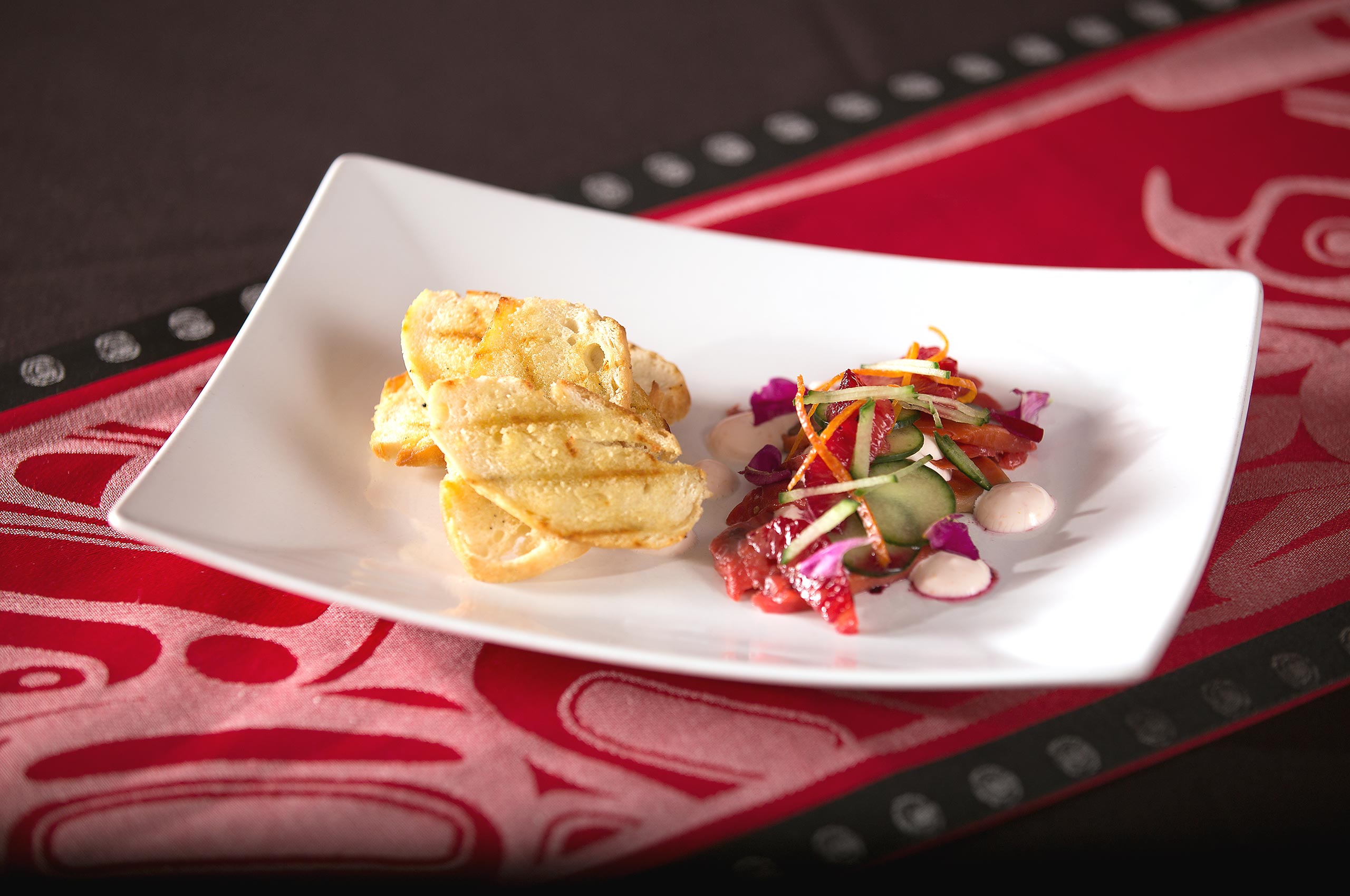Coastal BC is home to a number of wild and indigenous plants with health benefits that rival well-known superfoods like wheatgrass and açai berries. While many local superfoods are disguised as ordinary shrubs or weeds, they can be easily found for use in your next foraged feast.
Even though these plants are plentiful, they are also a part of the ecosystem. Be sure to take only as much as you need and not to harm the plants when harvesting. If you are new to urban foraging, find a knowledgeable person to go with you.
Oregon Grape
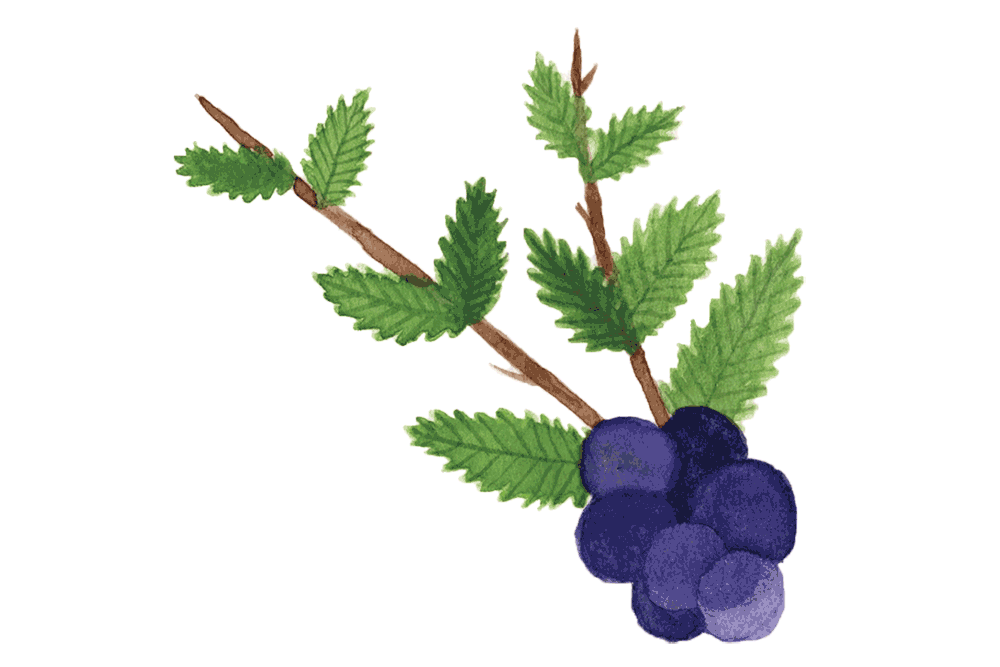
The Oregon grape is a low-lying holly-like bush that is often found growing under Douglas-fir trees in BC and the Northwest US. In August, the plant’s bright yellow flowers give way to heavy boughs of deep blue berries, which are extremely sour in raw form.
Nutrients: According to the Sierra Club of BC, the berry’s antibacterial and anti-inflammatory qualities make it an important ingredient in Indigenous medicinal treatments.
Use: To temper their strong flavour, the berries can be used in jams, jellies, or wines for a uniquely West Coast flavour.
Fiddlehead
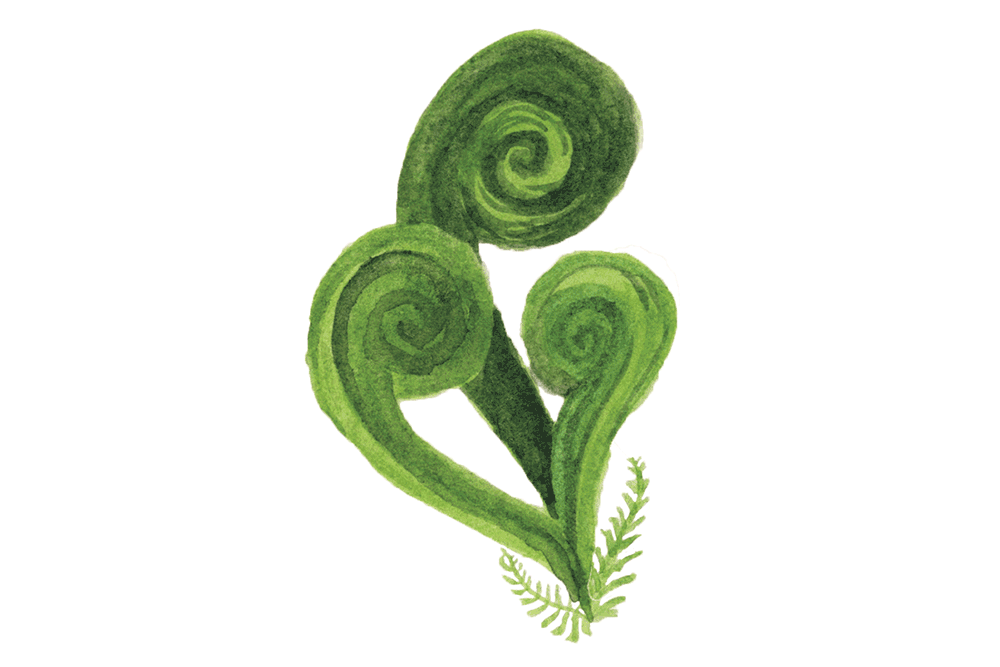
Fiddleheads are the unfurled fronds of fern plants that emerge in early spring, and the brave soul who first dared to eat one deserves our thanks.
Nutrients: AP Simopoulos’s study “Omega-3 Fatty Acids and Antioxidants in Edible Wild Plants” reports that wild plants like fiddleheads surpass cultivated plants as sources of alpha-linolenic acid, which is essential to lowering cholesterol and blood pressure, and reduces the risk of coronary heart disease in men. This seasonal delicacy also provides an excellent source of vitamins and antioxidants.
Use: Fiddleheads are best when sautéed in butter and garlic, but must be cooked with caution. To avoid food-borne illness, the Government of Canada strongly suggests boiling or steaming fiddleheads before sautéing.
Salal Berry
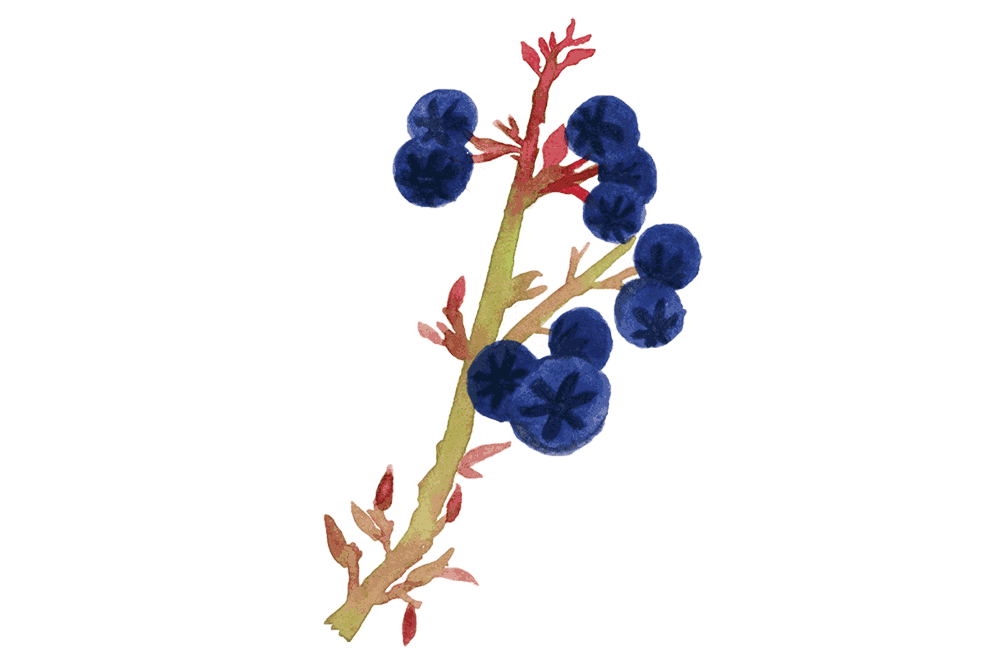
The salal berry is a lesser-known superfood that may be growing in your local park. In Nancy Turner’s book, Food Plants of Coastal First Peoples, she writes that salal berries grow wild throughout the West Coast and can be found in Vancouver and surrounding regions in August and early September.
Nutrients: According to the article “Phytochemical Analysis of Salal Berry1” co-authored by the University of Victoria’s Peter Constabel, the salal berry contains “health-promoting plant chemicals” and is very high in antioxidants, even in comparison to other disease-fighting berries.
Use: The berries can be dried for use in baking and trail mix, or made into a sweet jam.
Red Laver
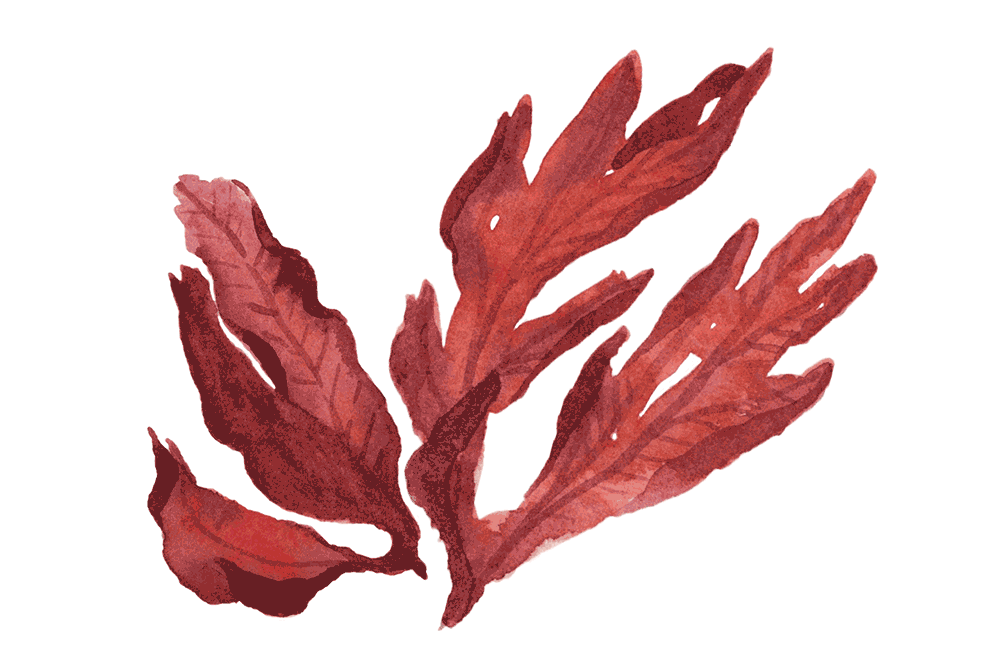
Red laver seaweed has been used traditionally by virtually all coastal Indigenous Peoples for generations, according to the First Nations Health Council. Its abundance throughout coastal BC makes red laver the most readily available entry on this list. Young seaweed should be harvested in the early spring and can be sun-dried or used fresh.
Nutrients: The seaweed has been reported to alleviate indigestion, and provides an important source of protein, calcium, iron, and vitamins A, B, and C.
Use: Many people are deterred from eating seaweed due to its distinctive flavour, but substituting this marine algae for other greens in recipes is a simple way to ease it into your diet.
Nettle
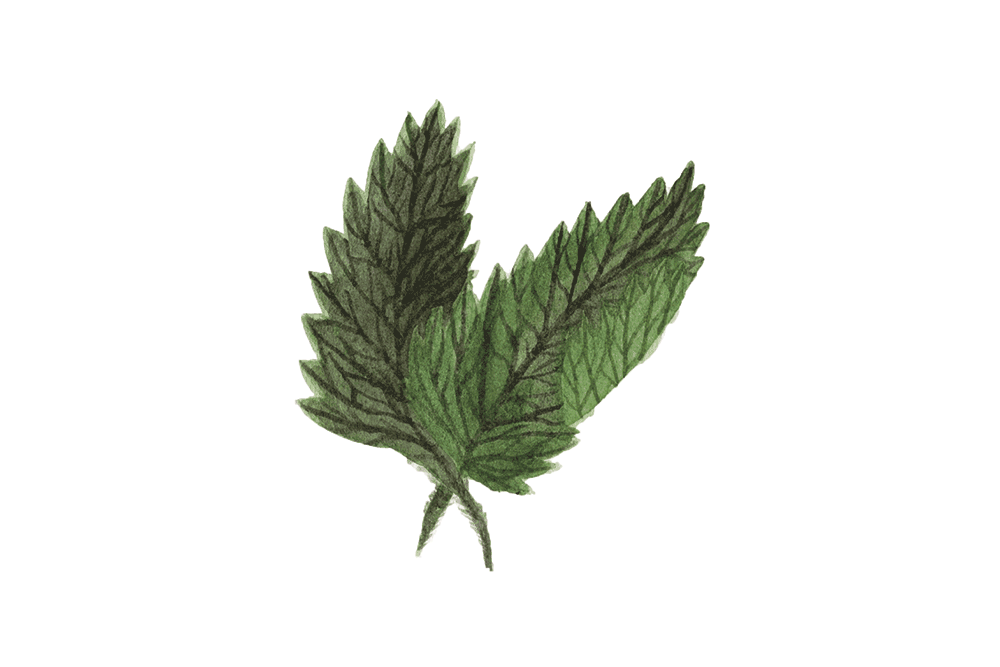
Nettle’s distinctively furry, heart-shaped leaves make the plant easy to find in the wild or in residential areas. They grow like weeds, cook nicely, and are packed with nutrients. However, nettle is also commonly called stinging nettle, as it irritates the skin and cannot be eaten raw. Pick while young, avoid contact with bare skin when harvesting, and simply cook or process the leaves with a food processor to neutralize the irritating chemicals.
Nutrients: Nettle contains more vitamins A and K, fibre, iron, calcium, and magnesium weight-for-weight than broccoli, according to Off the Grid News. The plant’s long history of use in European culinary traditions and folk remedies attests to its many health benefits.
Use: Nettle can be used in place of cooked spinach. Try throwing it on a pizza or add it to broth to make a nourishing nettle soup.
_____
1. Full article title:“Phytochemical analysis of salal berry (Gaultheria shallon Pursh.), a traditionally-consumed fruit from western North America with exceptionally high proanthocyanidin content,” published in the journal Phytochemistry.





